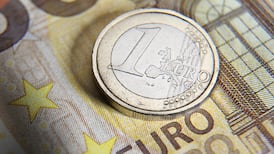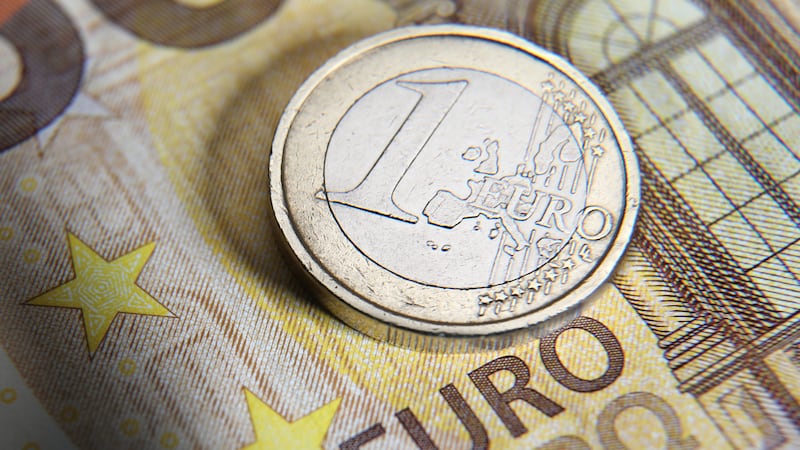Ireland is now the second most expensive country in Europe for consumer goods and services, according to Eurostat, with prices across a broad cross-section of products estimated to be 125 per cent of the EU average.
With the exception of consumer electronics, Ireland was above the EU average for all the price categories surveyed.
The State ranked as the most expensive for alcohol and tobacco, with average prices here put at 175 per cent of the EU average.
Ireland was also the third-highest-priced country for “personal transport equipment”, which includes cars, motorbikes and bicycles, with prices 111 per cent of the EU average.
The survey, which is based on data relating to 2016, found Ireland was the fourth-highest for restaurants and hotels and the fifth-highest for food and nonalcoholic drinks, both of which were 120 per cent of the EU average.
The figures also revealed that Ireland was above average when it came to the price of clothing, which marks a shift from the previous year, when prices here were slightly below the EU average.
The only area where Ireland did not exceed the EU average was in consumer electronics, where prices here were the same as the EU average.
The findings come on the back of a string of indicators pointing to a loss of competitiveness here on foot of strong employment growth and a pick-up in wage demands.
Overall, the EU, including Ireland, remains a lot cheaper than some non-EU European countries, with Switzerland, Iceland and Norway outstripping EU prices by a significant margin.
Huge variations within EU
Despite the single market, price levels within the EU varied by almost one to three between the cheapest and the most expensive member states.
Denmark was the most expensive of all, at 139 per cent of the EU average, while Bulgaria (48 per cent) and Romania (52 per cent) were the cheapest.
The Irish Small and Medium Enterprises Association (Isme) said it was not surprised by the findings as they reflect the inflated cost base that businesses here are subjected to.
Chief executive Neil McDonnell said when the Consumer Price Index is broken out into its relevant components, “the things that are going up most are health, education and insurance”.
The Government has the ability to bring down costs in these areas through legislation or taxation but appears disinclined to do this, he said.
Earlier this month the National Competitiveness Council warned that rising house prices and rents were having an adverse effect on the entire economy, in terms of cost of living and wage demands.

















